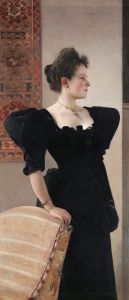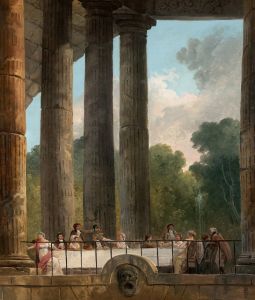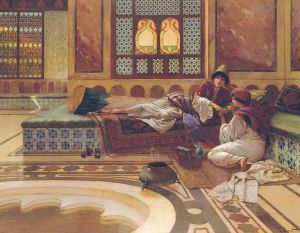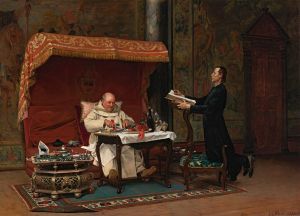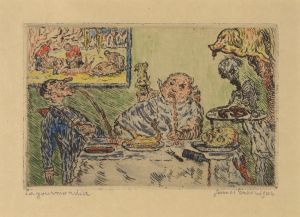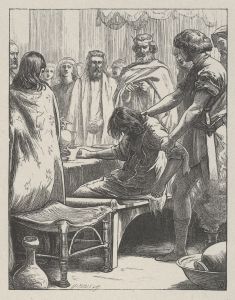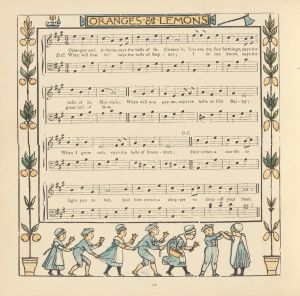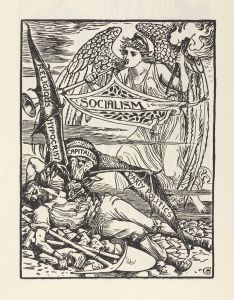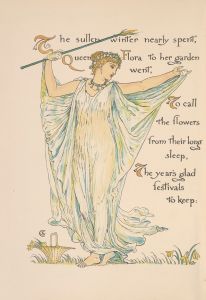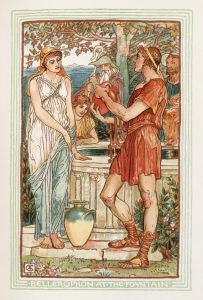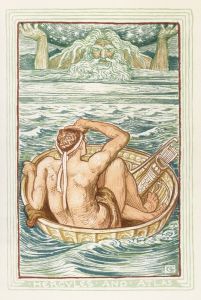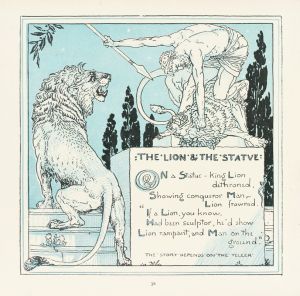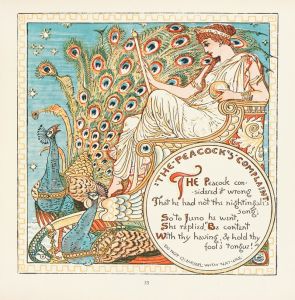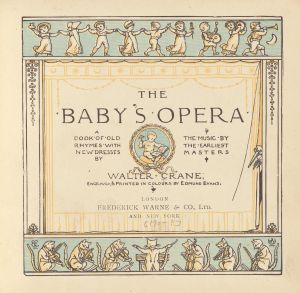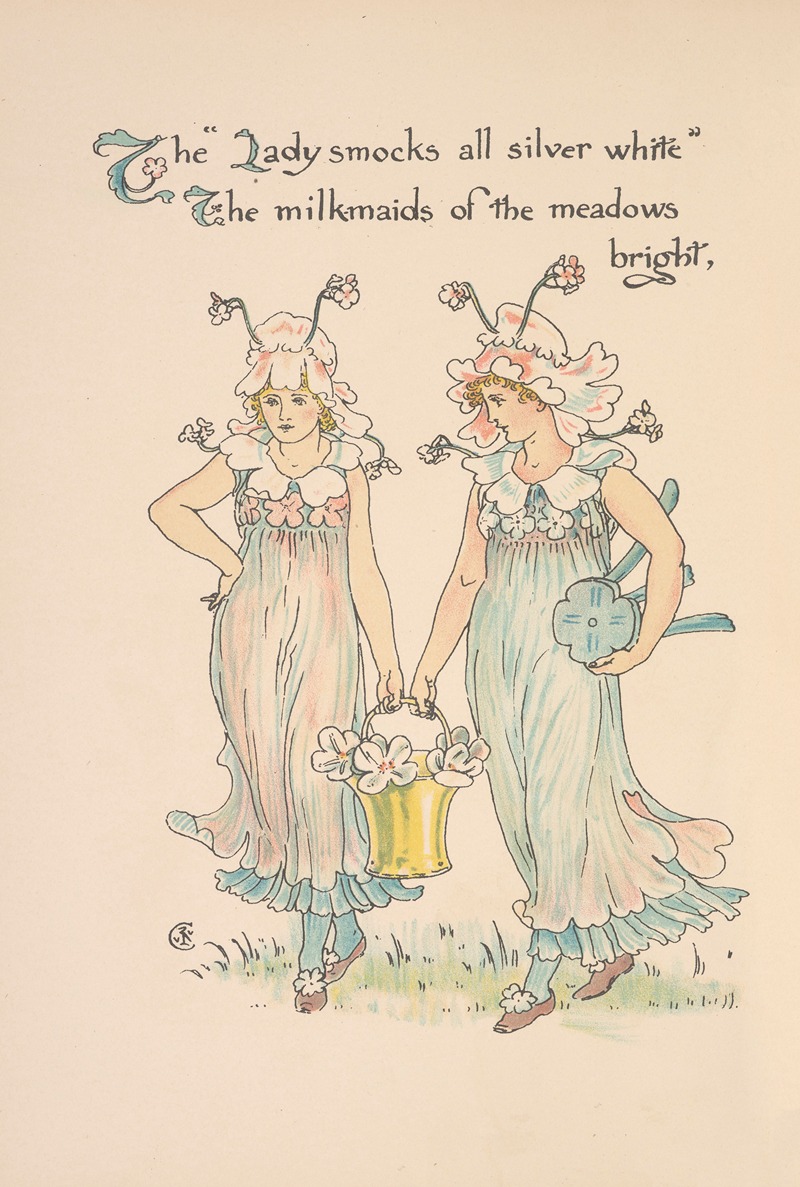
Flora’s feast; A masque of flowers Pl.10
A hand-painted replica of Walter Crane’s masterpiece Flora’s feast; A masque of flowers Pl.10, meticulously crafted by professional artists to capture the true essence of the original. Each piece is created with museum-quality canvas and rare mineral pigments, carefully painted by experienced artists with delicate brushstrokes and rich, layered colors to perfectly recreate the texture of the original artwork. Unlike machine-printed reproductions, this hand-painted version brings the painting to life, infused with the artist’s emotions and skill in every stroke. Whether for personal collection or home decoration, it instantly elevates the artistic atmosphere of any space.
Walter Crane was a prominent English artist and book illustrator, known for his contributions to the Arts and Crafts Movement and his innovative approach to children's book illustrations. One of his notable works is "Flora’s Feast: A Masque of Flowers," published in 1889. This book is a celebration of flowers, depicted through a series of illustrations that capture the beauty and diversity of floral forms. Plate 10 from this collection is one of the many exquisite illustrations that showcase Crane's artistic style and his ability to bring the natural world to life through art.
"Flora’s Feast" is structured as a masque, a form of festive courtly entertainment that flourished in 16th and early 17th century Europe, which typically involved music, dancing, singing, and acting. In Crane's interpretation, the masque is performed by flowers, each illustration representing a different flower or group of flowers in a personified form. This approach not only highlights Crane's skill in botanical illustration but also his imaginative ability to infuse personality and narrative into his subjects.
Walter Crane's work is characterized by his use of vibrant colors, intricate patterns, and a harmonious composition that draws the viewer into a whimsical world. His illustrations often feature elements of fantasy and mythology, reflecting the influence of the Pre-Raphaelite Brotherhood and the broader Romantic movement. Crane was also deeply influenced by the principles of the Arts and Crafts Movement, which advocated for traditional craftsmanship and the integration of art into everyday life. These influences are evident in the detailed and decorative style of "Flora’s Feast."
Plate 10, like the other illustrations in the book, is a testament to Crane's meticulous attention to detail and his ability to blend realism with fantasy. Each flower is carefully rendered to capture its unique characteristics, while also being anthropomorphized to participate in the masque. This duality is a hallmark of Crane's work, where the natural and the fantastical coexist seamlessly.
Crane's illustrations in "Flora’s Feast" were created using a combination of watercolor and ink, a technique that allowed him to achieve both precision and fluidity in his work. The use of watercolor gives the illustrations a luminous quality, enhancing the ethereal and dreamlike atmosphere of the masque. The ink outlines provide definition and structure, ensuring that each flower is distinct and recognizable.
"Flora’s Feast" was well-received upon its publication and remains a beloved example of Crane's artistic legacy. It reflects his commitment to beauty, craftsmanship, and the celebration of nature, themes that resonate throughout his body of work. Walter Crane's contributions to illustration and design have left a lasting impact on the field, influencing generations of artists and illustrators who followed.
In summary, Plate 10 from "Flora’s Feast: A Masque of Flowers" exemplifies Walter Crane's artistic vision and his ability to transform the simple beauty of flowers into a captivating narrative. Through his skillful use of color, composition, and imaginative storytelling, Crane invites viewers to appreciate the intricate beauty of the natural world and the joy of artistic expression.





